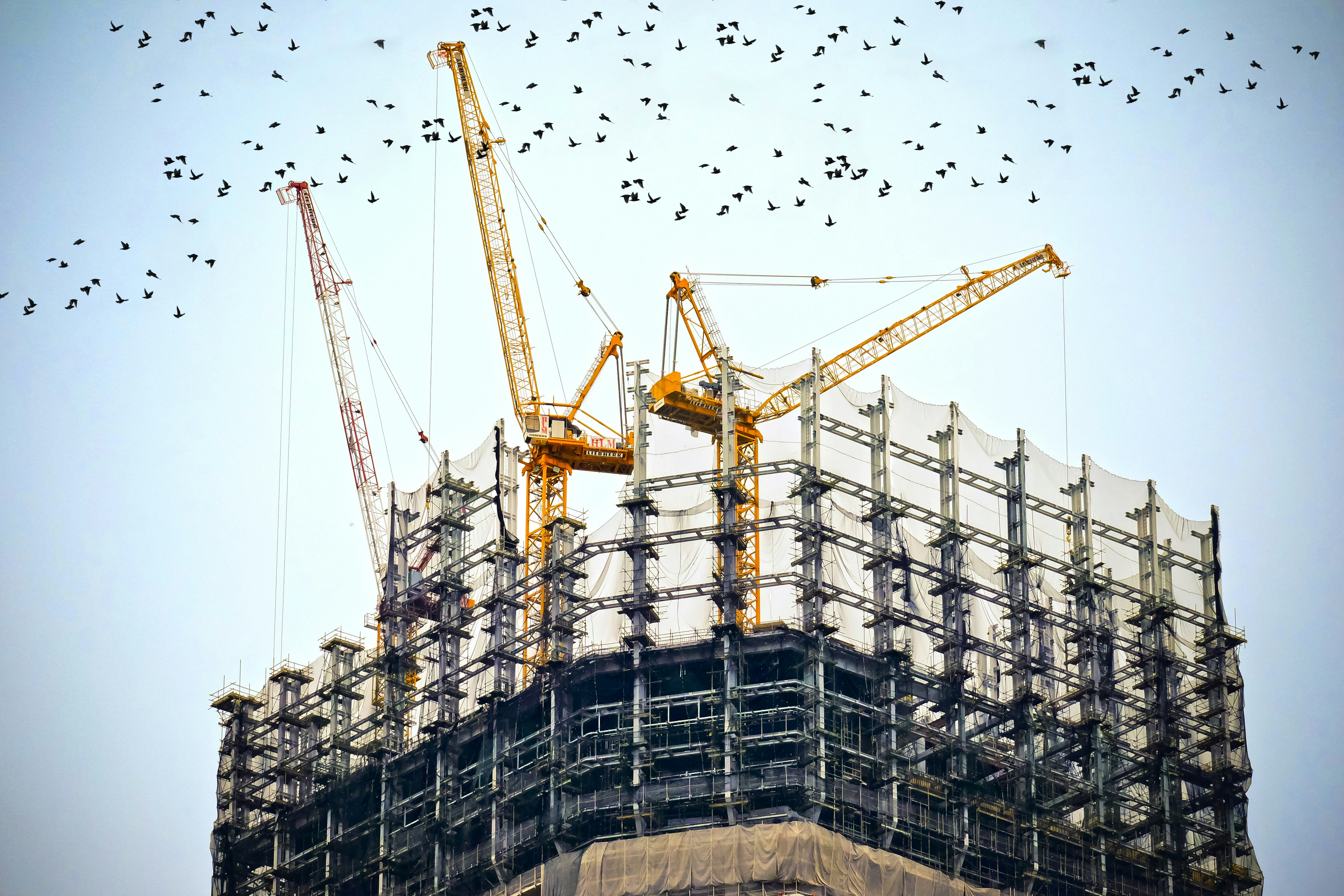Mayor backs Government’s ambition to end London’s cladding crisis
A new coalition from City Hall, Government, local councils, the London Fire Brigade and regulatory bodies will lead vital work to end London’s building cladding crisis.
The Mayor of London, Sadiq Khan, has renewed his commitment to work hand-in-hand with the Government, London Councils and the London Fire Brigade to speed up the removal of unsafe cladding on residential buildings over 11 metres in London.
 In the nearly eight years since the Grenfell Tower fire, the Mayor has made it a priority to seek justice for the bereaved, survivors and local community, while also ensuring that Londoners are safe in their homes. This has included bringing in higher safety standards than the rest of England as part of the London Plan and City Hall’s own funding programmes, as well as taking swift action and advocating for quicker remediation of unsafe buildings.
In the nearly eight years since the Grenfell Tower fire, the Mayor has made it a priority to seek justice for the bereaved, survivors and local community, while also ensuring that Londoners are safe in their homes. This has included bringing in higher safety standards than the rest of England as part of the London Plan and City Hall’s own funding programmes, as well as taking swift action and advocating for quicker remediation of unsafe buildings.
Under Sadiq’s leadership, the London Fire Brigade has also completed all of the recommendations made in the first phase of the Grenfell Tower Inquiry and has made significant reforms to its policies, procedures and equipment to ensure the force is better prepared, organised and equipped to fight fires and keep all Londoners safe.
A new coalition, known as the Joint Remediation Partnership Board, met for the first time yesterday (Tuesday 6 May) to establish and deliver a plan to end the cladding crisis in London. Chaired jointly by the Deputy Mayor of London for Housing and Residential Development, Tom Copley, and Building Safety Minister, Alex Norris, the board includes representatives from the Government, London Councils, the London Fire Brigade, housing associations and regulatory bodies.
The scale of the building safety crisis in London is unprecedented due to the volume and concentration of buildings with unsafe cladding, in addition to the fact that London has four times the national average of high-rise homes. [1] There are currently 1513 buildings in Government remediation programmes that have not yet started on site, and progress to remove dangerous cladding from residential buildings had been far too slow under the previous government. Furthermore, there are a range of national and local organisations with differing roles to deliver remediation and take enforcement action against those responsible for fixing unsafe cladding. [2]
The challenge of remediation in London means that a successful plan to accelerate it cannot be led by City Hall alone, but requires a new, formal partnership approach bringing together national, regional and local level partners who will deliver change by coordinating and prioritising the use of powers and resources in London to achieve the Government's targets for removing dangerous cladding. The strategy set by the Board will support the Government’s ambition to ensure that by the end of 2029, all residential buildings over 11m with unsafe cladding nationwide will either have been remediated, have a date for completion, or landlords will be liable for severe penalties for failing to make their buildings safe.
The Mayor of London, Sadiq Khan, said: “This is a significant step forward in speeding up the removal of dangerous cladding in London, which had been far too slow under the previous Government.
“Everyone deserves the right to live in a safe home – a right denied to the residents of Grenfell Tower. I will not stop until we can say with confidence that the failings which led to this disaster will never be repeated. I will continue to work hand-in-hand with the Government, London Councils, the London Fire Brigade and the sector to take swift action to remove dangerous cladding on buildings as we continue to build a safer London for everyone.”




